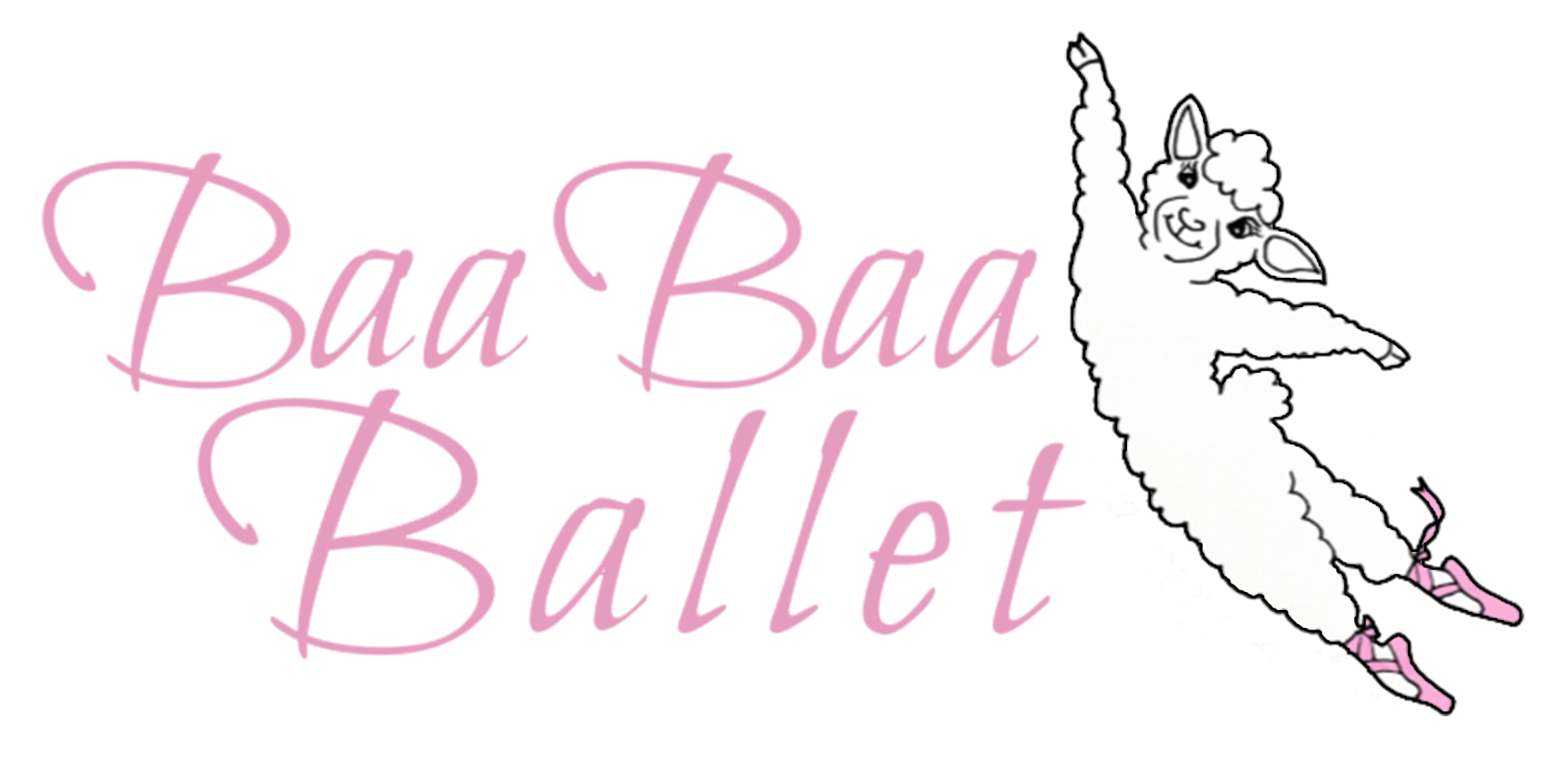
Pointes and Perspective #26 The Apple Doesn't Fall Far From The Tree
The Apple Doesn’t Fall Far From The Tree
Every season, and with every new group of students, we ultimately get into the conversation of what method of ballet we are learning. It usually starts with terminology in question, “My last teacher called that arm position en bas, versus bras bas,” or a stylistic inquiry, “I was taught to have a more angular position in my attitude line.”
The more I teach, the more I come to find out that the majority of students, unfortunately do not know what method of Ballet they are studying, or even more disheartening, that different methods of Ballet even exist!
With my University students and those who intend to study professionally, and more importantly, those who wish to become dance educators, I inform them that these are very important questions.
Before you can pass dance on, and educate others, you must know who you are and what you are passing on! As a dancer, you should know who you are, to better market yourself, and select jobs that align with who you are as a dancer! And above all, every dancer should investigate where their training came from, because, just as in researching your family ancestry, it is simply enlightening!
So, where are you from?
Who, what, and where did your training come from? What is your Dance Ancestry? What makes up your Dance Family Tree?
This past Spring semester, I gave my Ballet students a final project that was immensely illuminating and fulfilling for all involved. They were each asked to create their Dance Genealogy. They were instructed to choose the teachers, colleagues, or collaborators who affected them, inspired them, and who they emulate and revere most. Whether they taught them Ballet, Jazz, Modern, Choreography, or Flamenco, they were advised to select people they felt shaped and built who they are as dancers. The students were then prompted to research these people to find out who their teachers were, and who their teacher’s teachers were, and so on. What schools did they study at? What companies did they dance with? What METHODS did they study?
I created my own Dance Family Tree, as an example. I introduced them to one of my teachers I had while at the Joffrey Ballet School, Meredith Bayliss, and how I followed that branch of my training back to Russia. Ms Bayliss danced with the Ballet Russe, whose dancer’s came from Mariinsky Ballet which was based in Agrippina Vagonova’s Russian method of Ballet training. I continued, showing them how the “tree branch” of my teacher, Virginia Griffee reached back through American Ballet Theatre, Mikhail Mordkin, and eventually to the Bolshoi, where Vagonova’s Russian method of Ballet was also taught. I went on, tracing the history and lineage of 8 of my teachers. I demonstrated to my students how, through creating my Dance Ancestry, I confirmed that my training, and ultimately, teaching methods are almost entirely Vaganova based, with a small percentage of RAD, and obvious American influences.
The students ran with this project! They dug deep, researching, reading, combing the internet, making phone calls, and conducting interviews. I gave them the option of how they would like to present their Dance Family Tree, and they all excitedly suggested that they make powerpoint presentations, and that we put a day aside to present them to the class. I was greatly pleased with their enthusiasm and excitement!
The Dance Ancestry project surpassed my expectations, with every student overdelivering a vast tree, reaching through history, blooming with colorful stories and discoveries. The students had reconnected with past educators, unearthed lineage, and discovered their varied dance histories.
These dancers discovered a sketch of their dance history in the larger historical picture, gained a sense of excitement in preserving the past for future generations, and most importantly, they discovered who they are and what they are passing on, and that…
…The Apple Doesn’t Fall Far From The Tree!

